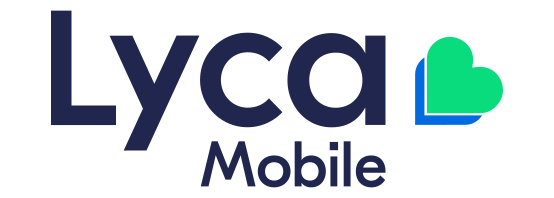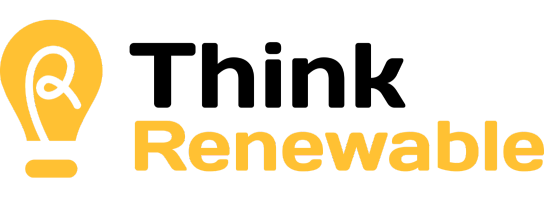A New Chapter at WOW: Welcoming Events Industry Expert Jamie Rogers
We're excited to welcome Jamie Rogers to the WOW team as Team Lead for our new Events and Experiential Marketing specialisation.
With over 5 years of experience in recruitment, Jamie has specialised in marketing, events, and creative sectors. Holding a degree in Law and Politics from Cardiff University, Jamie brings a unique perspective to the recruitment industry.
We sat down with Jamie to talk about his recruitment journey through the events and brand experience sectors in both the US and the UK, gaining insights into the challenges and opportunities that also define the current landscape of events in Australia.
Welcome Jamie! We’re so happy to have you on board. Let’s start off with the big question first: what inspired you to join WOW Recruitment?
When I met with Dan and Emily for the interview process, I just really liked the way they approached business and recruitment and felt that they would be good influences if I were to join the business.
There’s a lot of potential at this particular recruitment agency, and that was also quite exciting as a drawcard for me. WOW already has a really solid foundation in events and marketing, but it still feels like there’s a lot of scope to grow this particular part of the team.
You’ve had over 5 years of success recruiting in the events industry in the US and the UK—what skills have helped you find that success?
Definitely adaptability for the most part. Generally, in the events industry, you find a really wide variety of personalities, people, and skills, and so each recruitment process for that sort of role or that sort of person has different challenges and requires a different approach.
Your role and your focus can change pretty quickly from day to day. In a typical week, I might be recruiting a creative one day, an event manager the next, and then by the end of the week I'm recruiting a salesperson, so I need to stay adaptable and flexible.
What do you see as some of the biggest challenges in the event recruitment space today?
There’s definitely been a shortage of people post-pandemic. Although we’re a few years past the worst of it now, we’re still seeing the effects of it.
The industry really suffered as people, particularly in the production and creative side of things, went to work in other sectors where they could apply their transferable skills. Unfortunately, a lot of those skilled people haven't come back.
Another challenge that I’ve seen in the events space relates to diversity and inclusion. Particularly in senior roles, it tends to be pretty heavily male-dominated, and it tends to lack cultural diversity. In the UK, people have been pushing for change, with many organisations being set up to try and tackle that issue.
In Australia, there has been some headway with examining gender diversity in the business events community specifically, with the ‘Advancing Women in Business Events’ study conducted by Business Events Sydney (BESydney) and PCMA, so that’s definitely something that’s front of mind here too.
Given these challenges, how can employers entice talent back to the industry? What do you think they can do to attract the right people?
Because working in the events industry often requires long hours and weekend work, a lot of the time people are looking for ways to get some kind of work-life balance back. I think that will be a big thing for employers to consider in terms of how they attract people.
Salary is nice, of course, but I think it’s more about the other things that they can offer—like time off in lieu and hybrid working. And flexibility is especially enticing in terms of hours, especially if you've just come off the back of a big event.
If an event agency wants to work with you, what can they expect? What’s your process?
One thing I always like to do is actually go and visit their office and see them in person. You can do a video call, and you can sort of get a feel for the place, but to really pick up on the culture and what the office environment is like, it's so much easier to do that in person.
The biggest frustration I’ve seen people have with recruiters in general is that a lot of them come into a role and have been doing it for six months and then they move on, so they don’t really get the chance to learn the ins and outs of the industry.
Someone who's new might look at the CV of a project manager and think that's a really good CV, but they often don’t dig deeper into getting to understand a little bit more about the person. My experience allows me to take a different, more thorough and nuanced, approach.
Can you tell us more about this approach?
If an events agency comes to me with a role, be that a project manager or a 3D designer or whatever it is, I can generally consult with them on previous experiences because I've recruited that role for a similar business before.
With me, an employer gets more of an actual consultative approach. I can understand what they're looking for, and if there's something that doesn't sound quite right or maybe an area that they might be able to slightly tweak in their search, I’ll work on that for the benefit of all parties.
When hiring events employees, what are some of the key skills you look for?
I think the biggest one would be a real love of the industry, because it’s not for the faint-hearted! Potential candidates need to understand that it can be pretty hard work, and if they don't love the industry, they're probably going to find it really challenging to stay motivated.
Something else I look for is whether a candidate is sociable, personable, and easy to talk to. The events industry is generally set up for people who are quite sociable—it's really not an industry for those who shy away from meeting new people.
What kind of roles are you recruiting for at the moment?
Anything you might find across the events sector, really. I would break it down into a few categories, including Event Production, Event Delivery, Creative and Design, Client Services, New Business and Sales, and then Strategy and Digital.
The Events & Experiential Marketing page on WOW’s website will give you a full overview of the kinds of roles I’m actively recruiting for for our events agency clients.
How can people get in touch with you?
If you’re looking to hire talent for your next event, or you’re after a role in the events industry in Australia, I’d love to chat! You can get in touch with me at jamie.rogers@wowrecruitment.com.au.
















